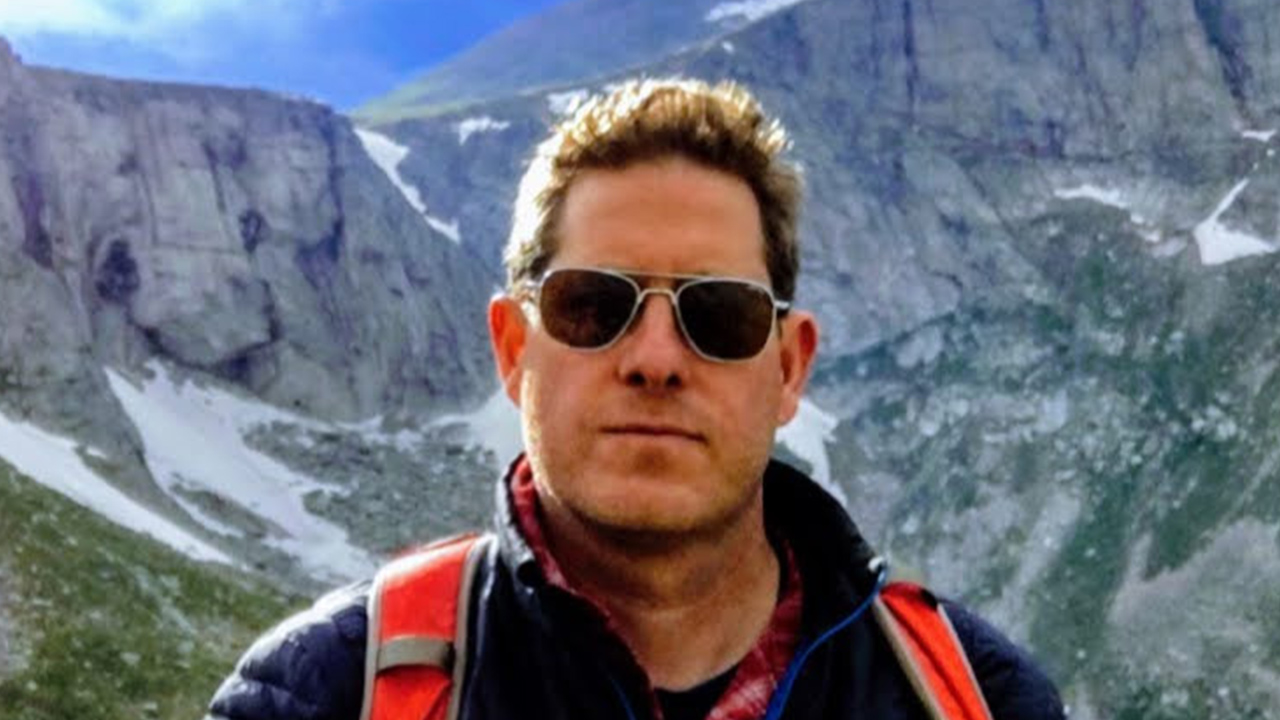Removing blockers for your team
Matt Frazier

Episode notes
We were recently joined by Matt Frazier, Strategic Advisor and former Chief Analytics & Underwriting at Pie Insurance
At 35:50 – Matt shared that being an effective leader is about being the person who makes sure that all of the conditions are set up, so that each and every one of their employees can succeed and can fully explore the domain of their competencies.
Find smart people, and then set up the conditions, and get the heck out of the way.
If there’s a blocker that is in their way, find a way to remove that blocker.
Matt adds, “Now, are there performance reviews and things like that? Yeah, every company has them. I am a strong proponent against them. I think that performance reviews should be done every single day between the individuals that are working together. I don’t think it should be between a boss and that boss’s employees – I think it should be the individuals and their colleagues that are working together with one another. That’s where that feedback should be coming from.
…I think that if we can create an egalitarian society where everyone is responsible to everyone else and everyone is giving constant feedback to everyone else on how to improve with empathy and with honesty, that is where you can create an organization or a social structure that actually allows everyone to win, and allows everyone to succeed.”
On the topic of removing blockers, what should you do if you’ve identified certain roadblocks you need to get past?
38:12 – Whether it’s an I or a we…sometimes there’s a blocker for a whole team and sometimes there’s a blocker for an individual.
I don’t know if any of you have taken any courses in nonviolent communication. I don’t believe all of it, but I think it is a toolset where you can sort of mix and match.
Listen for needs and express needs. Start with, “I’m trying to do this for the company. I believe that this is going to be very valuable, do you agree?” You’ve got to get buy-in that what you’re trying to do is valuable for the company.
- In order to do that, I have certain needs that are not being met. This is what those needs are– it could be an individual, could be a group of individuals, a dynamic. It could be technology that isn’t there or budget.
- And then you really express that as a need. Not as so-and-so is doing something to me, and I’m mad. That’s a sort of selfish communication. What you want to do is you want to try to abstract that as much as you can.
Now, you can’t always because sometimes there’s just a person who isn’t on board and so, you say, “Look, I really need this person to be on board, but I don’t think they are. And I want to ask you what we can do together in order to try and identify that other person’s needs and discover why it is that they appear to be a blocker. It may be in my own head, and I’m just in an echo chamber. But let’s have that conversation.”
And if you don’t feel confident having that conversation yourself, go to someone who you think can have that conversation.
It doesn’t have to be a manager, It could be a colleague who knows that person really well, and can set up that meeting so that you can have that meeting and identify what those needs are.
There’s another book that I would really strongly recommend called Never Split The Difference by Chris Voss: https://www.blackswanltd.com/never-split-the-difference
That book basically teaches you to talk to an individual, have a dialogue with them until you get to why they’re saying no to whatever thing you want to get through.
Yeses that aren’t really yeses, don’t matter. Make sure you understand what the other person or organization’s needs are and then make sure that you’re constructing the right conversation, and having those conversations through an expression of needs on both sides. Usually, that is the Black Swan that will bust right through that blocker.
Featured in this episode

Matt Frazier is a highly accomplished insurance professional with a wealth of experience in analytics, underwriting, and sales. As the Chief Analytics & Underwriting Officer at Pie Insurance, he was responsible for driving the strategic direction and execution of analytics and underwriting functions to optimize profitability and fuel growth. Since joining Pie Insurance in August 2018 through April of 2023, Matt has been instrumental in contributing to the company's success. (Matt also used Chat GPT to write this bio from his LinkedIn)

